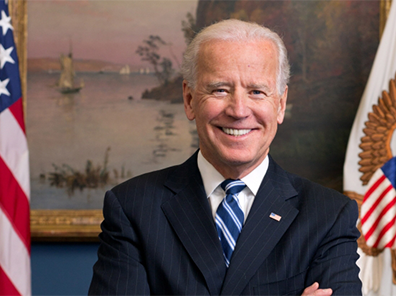
On October 1, 2020, President Trump announced that the United States would resettle up to 15,000 refugees in Fiscal Year (FY) 2021, covering October 1, 2020, through September 30, 2021. The Trump administration also expected approximately 290,000 new asylum claims during the fiscal year. This decision was not made in a vacuum, but instead “reflect[ed] the [Trump] Administration’s continuing commitment to prioritize the safety and well-being of Americans, especially in light of the ongoing COVID-19 pandemic.” The FY 2021 refugee ceiling also accounts for the asylum backlog of 1.1 million aliens (combined defensive and affirmative asylum claims) by prioritizing aliens already in the country and for the “arrival of refugees whose resettlement in the United States was delayed due to the COVID-19 pandemic.”
As my colleague Nayla Rush noted, the FY 2021 ceiling, if met, would reflect an increase in total refugee resettlement compared to FY 2020. Rush analyzed the FY 2020 figures and found that 11,814 refugees were resettled under a ceiling of 18,000. As framed by Rush, the FY 2020 refugee admissions should be looked at in three distinct parts: before the official suspension of the refugee resettlement program due to Covid-19 (October 1, 2019 to March 18, 2020); during the suspension (March 19, 2020 to June 17, 2020); and after the suspension was lifted (June 18, 2020 through September 30, 2020):
| Before Suspension: | 7,380 refugees | |
| During Suspension: | 285 refugees | |
| After Suspension: | 4,149 refugees | |
| Total: | 11,814 refugees |
President Biden initially retained the FY 2021 refugee ceiling, reportedly concerned about the optics of increasing refugee resettlement during a border crisis. However, he quickly caved to criticism from proponents of large scale immigration and increased the FY 2021 ceiling to 62,500. “Today, I am revising the United States’ annual refugee admissions cap to 62,500 for this fiscal year,” Biden said in a statement. “This erases the historically low number set by the previous administration of 15,000, which did not reflect America’s values as a nation that welcomes and supports refugees.” The breakdown of the revised refugee ceiling is as follows:
| Africa: | 22,000 | |
| Middle East and South Asia: | 13,000 | |
| East Asia: | 6,000 | |
| Europe and Central Asia: | 4,000 | |
| Latin American and the Caribbean: | 5,000 | |
| Unallocated: | 12,500 |
Setting aside the questionable legal authority President Biden has to increase the refugee ceiling during a fiscal year, it is logistically impossible for the Biden administration to even max out the initial refugee ceiling of 15,000 set by President Trump. Due to the ongoing Covid-19 global pandemic, there are few — if any — refugee officers overseas. That limits the potential pool of refugees eligible for resettlement to those who have already been interviewed. Based on of my recollections from my time at USCIS, that would mean an ability to resettle no more than 10,000 refugees total this fiscal year under the most streamlined of circumstances.
This begs the question: Did the Biden political appointees even bother consulting with the career officials best positioned to know operational capacity? With Biden already tipping his hand that the FY 2022 refugee ceiling will be 125,000, a cynic might believe that this recent announcement raising the FY 2021 ceiling to 62,500 is a public relations sleight-of-hand to obscure just how large an increase will occur in FY 2022. A mere doubling of the refugee ceiling sounds far more reasonable, and operationally doable, than an eight-fold increase between FY 2021 and FY 2022.
